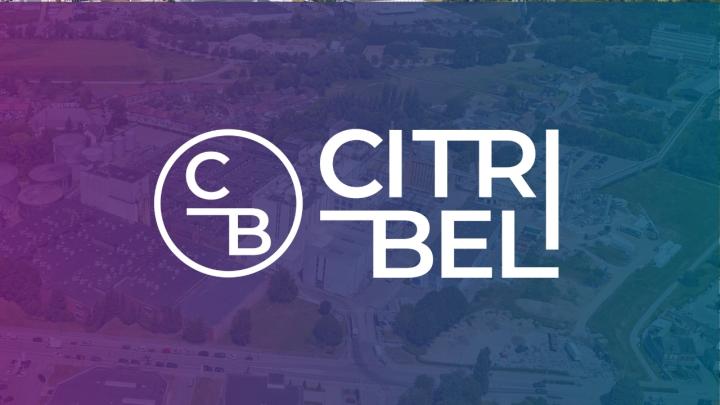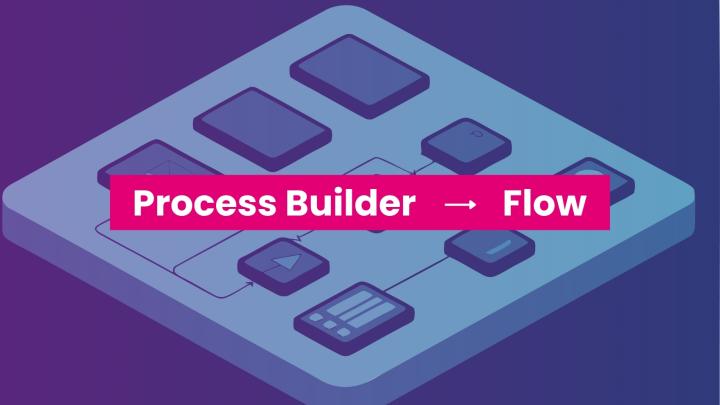Reimagining what's possible: how low-code platforms are changing the way businesses innovate
Reimagining what's possible: how low-code platforms are changing the way businesses innovate
Low-code platforms like Microsoft Power Platform help businesses innovate faster by enabling anyone to build solutions, automate tasks, and drive digital transformation quickly and cost-effectively.
Creation date :
Adapting to change: how low-code platforms make digital transformation achievable
We live in a time where expectations shift faster than ever. Customers want to move away from outdated legacy systems and add new features to existing business applications more quickly and affordably. Many are also moving from scattered point solutions to integrated, platform-based approaches that are faster, smarter, and more cost-effective. At the same time, employees expect better tools, and leaders want both growth and efficiency.
To meet all of this, businesses need to adapt. But digital transformation has long been viewed as something complex, expensive, and slow. That’s beginning to change.
More and more organizations are discovering a flexible way to innovate, one that allows people across the business to experiment with ideas, solve problems, and build real solutions. At the heart of this shift is low-code development, with the Microsoft Power Platform leading the way.
From idea to impact, without the wait
The strength of the Power Platform lies in how accessible it is. It connects business and IT by giving both professional developers and non-technical users the tools to build apps, automate processes, analyze data, and create AI-powered copilots, all within a secure and governed environment. The people who know the business best can take the lead, while IT teams maintain oversight.
This leads to fewer bottlenecks, faster innovation, and a culture where everyone contributes to digital transformation, not just the tech department.
Take, for example, a financial institution that wanted to support small business clients. Their systems were built around individual customers, and they lacked the right tools for more complex processes like loan applications. Instead of commissioning custom software, they co-created a solution using the Power Platform.
Within six months, they launched a new app that fully automated loan request workflows. Small businesses could explore loan options, submit applications, and track progress. Internal teams carried out structured reviews with automated checks to ensure compliance. The app now runs across several offices and continues to scale with added users and features. What started as an idea became a key business solution, made possible with low-code tools.
Giving every team the power to solve problems
This is just one story. Across industries, teams are using low-code to rethink how work gets done. In manufacturing, they're building apps to monitor machine maintenance. In retail, store managers are automating restock requests. In healthcare, frontline workers use apps to report incidents and manage schedules.
It’s not about flashy technology. It’s about giving people access to tools they can actually use.
When teams don’t have to wait for scarce development resources or rely on external vendors, they start working differently. They see issues they once overlooked, find smarter ways to fix them, and build solutions that reflect the real-world needs of their teams instead of sticking to rigid specifications.
This creates momentum. One successful project leads to the next. Teams gain confidence in their ability to improve things. Soon, the mindset shifts from "how do we transform?" to "what can we improve next?"
A practical path to innovation
Low-code platforms aren’t here to replace enterprise systems. They complement them. They bridge the small but critical gaps, solve everyday problems, and introduce speed and flexibility where traditional IT projects can’t. With a platform like Microsoft Power Platform, businesses can tap into the full potential of their data, processes, and people without long lead times or high costs.
For leadership, this means faster responses to change. For teams, it means ownership of the tools they use. For customers, it means quicker access to better services.
The future is already here
The question isn’t whether low-code is the future. It’s already here. The real question is: what could your business achieve if everyone had the tools to build?
Whether you’re improving internal operations, enhancing customer experiences, or exploring entirely new ideas, the Microsoft Power Platform makes it possible to go from concept to solution faster than ever. And the best part? You don’t have to wait. Start small, learn as you go, and grow into a more agile, empowered, and digitally ready organization.
What’s your next idea? With the right platform, you might be closer to building it than you think.


